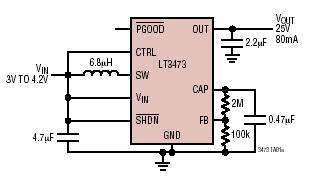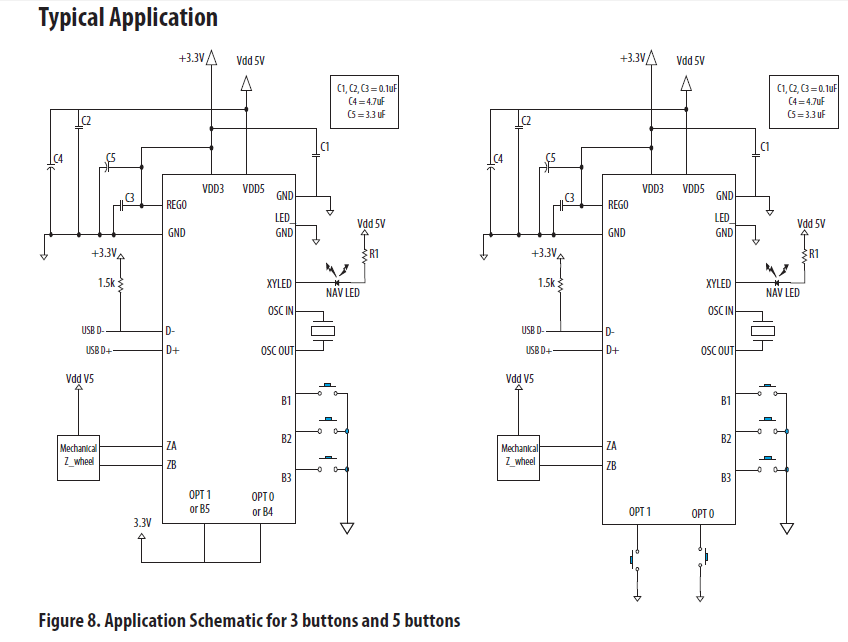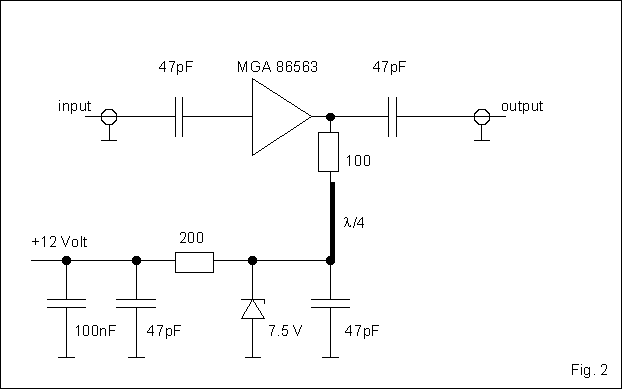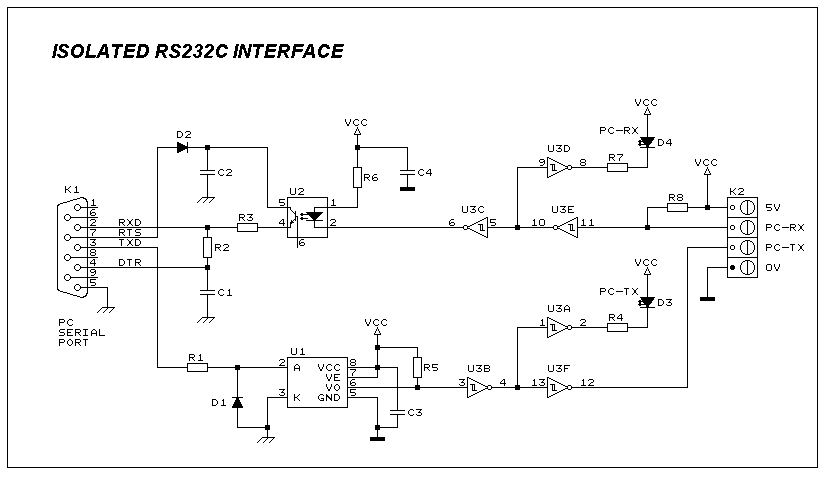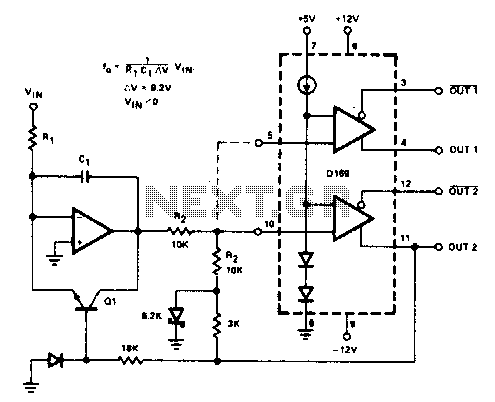
rs232 converter help
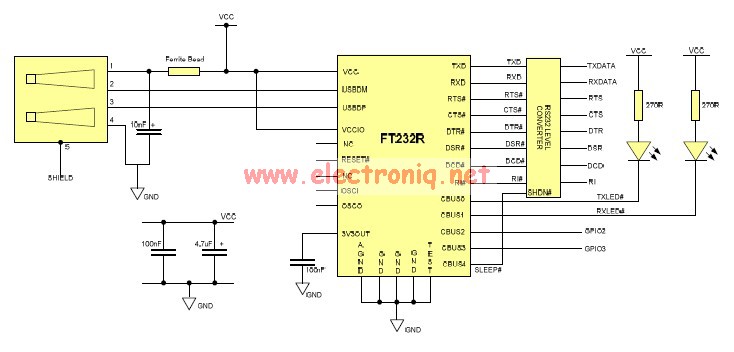
There is a need for a solution to connect an RS232 programmer from the 89 series to a computer that lacks an RS232 connector. A converter for RS232 to USB is required to facilitate this connection.
To establish a connection between the 89 series RS232 programmer and a computer without an RS232 port, an RS232 to USB converter is essential. This device typically consists of a small cable with an RS232 connector on one end and a USB connector on the other. The RS232 end connects to the programmer, while the USB end connects to the computer's USB port.
When selecting an RS232 to USB converter, it is important to consider compatibility with the operating system of the computer. Most modern converters are designed to work with various operating systems, including Windows, macOS, and Linux. Additionally, it is advisable to check whether the converter requires drivers for installation. Some converters are plug-and-play, meaning they do not require additional software, while others may need specific drivers to function correctly.
The converter typically includes an integrated chip that handles the signal conversion from RS232 levels to USB levels, allowing for proper communication between the programmer and the computer. The power requirements for the converter are usually met through the USB connection, eliminating the need for an external power supply.
Once the RS232 to USB converter is connected, the operating system should recognize the new hardware, and it may appear as a new COM port in the device manager. This allows the user to configure the programming software to communicate with the RS232 programmer through the designated COM port.
In summary, utilizing an RS232 to USB converter is a straightforward and effective solution for connecting an 89 series RS232 programmer to a computer without an RS232 port, enabling seamless data transfer and programming capabilities.I have a 89 seris RS232 programmer but my computer has no RS232 connector so where i have to connect rs232 cable Is any converter for RS232 to usb.. 🔗 External reference
To establish a connection between the 89 series RS232 programmer and a computer without an RS232 port, an RS232 to USB converter is essential. This device typically consists of a small cable with an RS232 connector on one end and a USB connector on the other. The RS232 end connects to the programmer, while the USB end connects to the computer's USB port.
When selecting an RS232 to USB converter, it is important to consider compatibility with the operating system of the computer. Most modern converters are designed to work with various operating systems, including Windows, macOS, and Linux. Additionally, it is advisable to check whether the converter requires drivers for installation. Some converters are plug-and-play, meaning they do not require additional software, while others may need specific drivers to function correctly.
The converter typically includes an integrated chip that handles the signal conversion from RS232 levels to USB levels, allowing for proper communication between the programmer and the computer. The power requirements for the converter are usually met through the USB connection, eliminating the need for an external power supply.
Once the RS232 to USB converter is connected, the operating system should recognize the new hardware, and it may appear as a new COM port in the device manager. This allows the user to configure the programming software to communicate with the RS232 programmer through the designated COM port.
In summary, utilizing an RS232 to USB converter is a straightforward and effective solution for connecting an 89 series RS232 programmer to a computer without an RS232 port, enabling seamless data transfer and programming capabilities.I have a 89 seris RS232 programmer but my computer has no RS232 connector so where i have to connect rs232 cable Is any converter for RS232 to usb.. 🔗 External reference
